Long before Europeans had even dreamt about the possibility of the Americas, the Bitterroot Salish, also known as the Flathead, were living in the Bitterroot Valley of Montana. For many generations the Bitterroot Salish occupied western Montana and the area east of the Rocky Mountains past the red paint caves near present-day Helena. They maintained a winter camp at the confluence of the Madison, Gallatin, and Jefferson Rivers east of the Rocky Mountains and they hunted as far east as present-day Billings and south into Wyoming. They were friendly with the tribes to the west, all the way to the Great Salt Water Mystery (Pacific Ocean).
With regard to language, Salish is the largest language family in the Pacific Northwest. Salish languages were spoken from the Pacific Coast to the Rocky Mountains. The Bitterroot Salish are the western most group of Salish-speakers. According to Salish elders, the various Salish-speaking tribes were separated many thousands of years ago and as a result the different Salish languages emerged. Several Salish bands-which were later misnamed Flathead-camped throughout Montana from the Bitterroot to the Yellowstone Valleys. Linguists estimate that this language family may be 6,000 years old, although some feel it may be as young as 3,000 years old.
With regard to the name Flathead, Father Palladino, who had been a missionary among them in the 19th century, wrote:
“Their heads are normal and shapely, and therefore the name Flat Heads in its obvious meaning and literal sense cannot be applied to them, save as a misnomer or a libel.”
While there are some stories that tell of the Flathead migrating to Western Montana from the Pacific Coast and having practiced cranial deformation, most likely the name comes for a misinterpreted sign. In the sign language of the Plateau Area, which is somewhat different than Plains Indian Sign Language, the sign for the Bitterroot Salish was made by patting the head with the right hand above and back of the ear. In Plains Indian Sign Language the sign was made by placing both hands to each side of the head, which indicated that the people lived between the mountains. Both of these signs were easily misinterpreted by the early Europeans as meaning “Flat Head.”
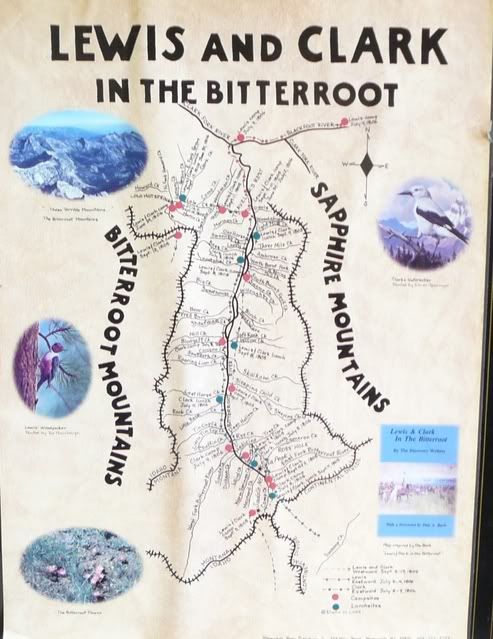
The map above shows the Salish territory between the mountains.
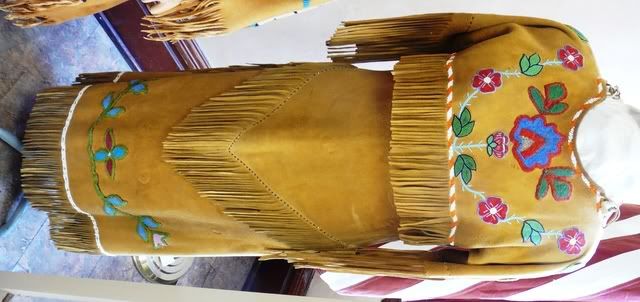
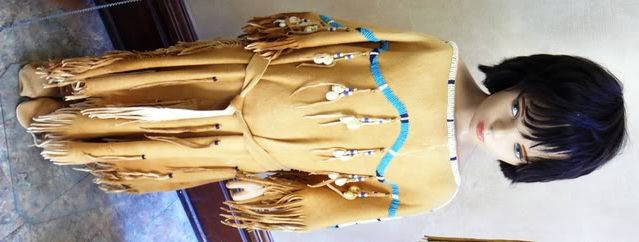
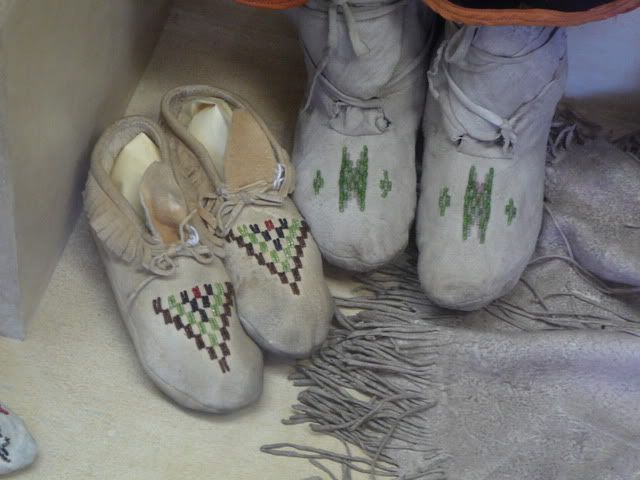

Shown above are some examples of Salish clothing.
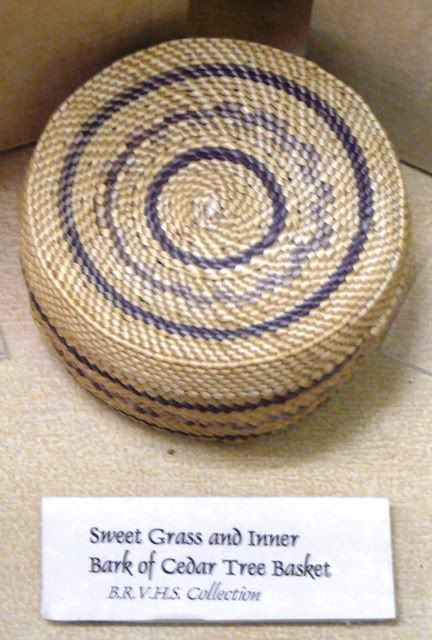
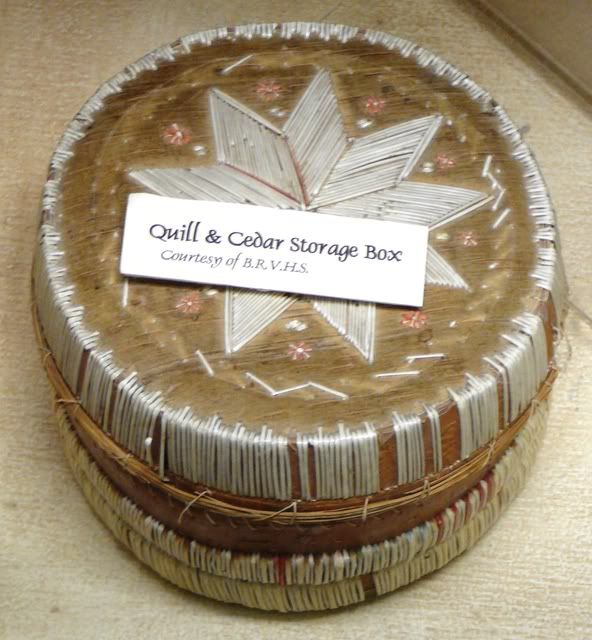
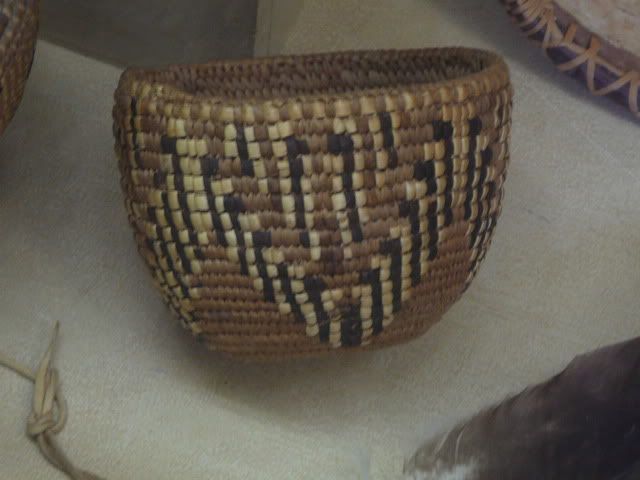
Shown above are some Salish baskets.
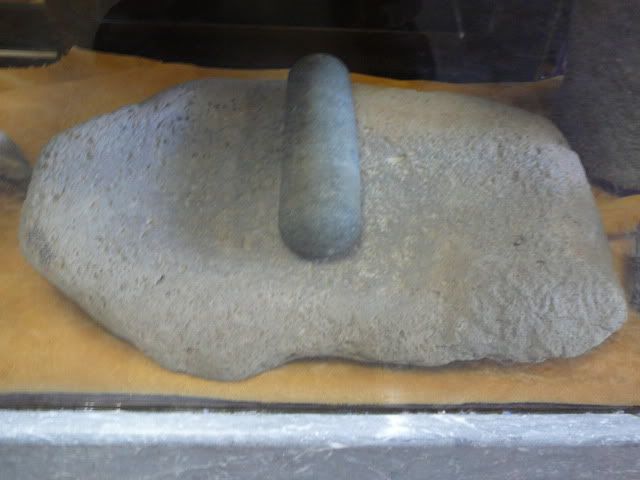
Shown above is a grinding stone-mano and metate-which was used in preparing nuts, seeds, and berries.
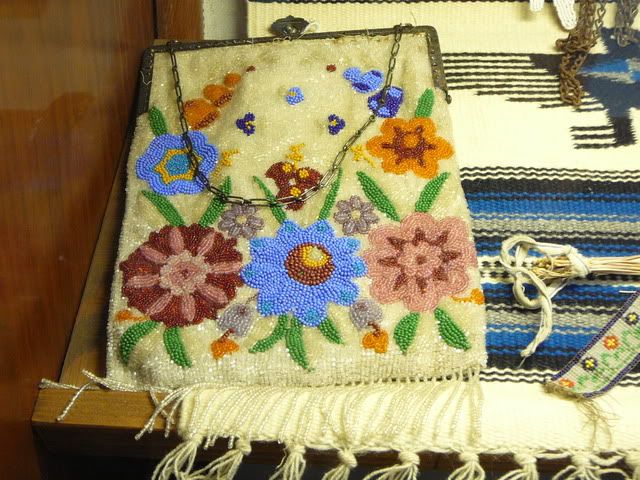
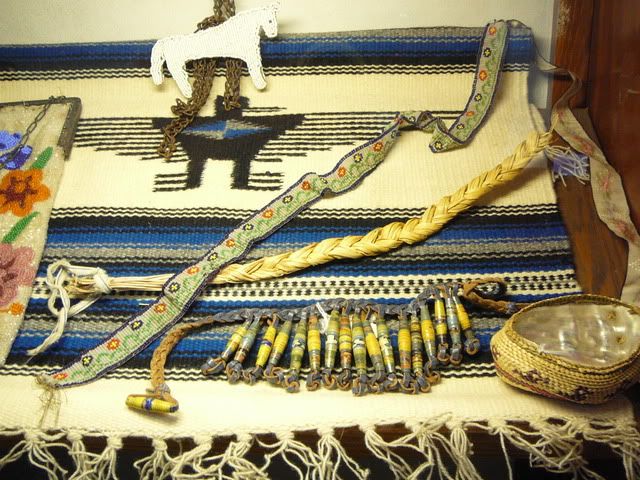
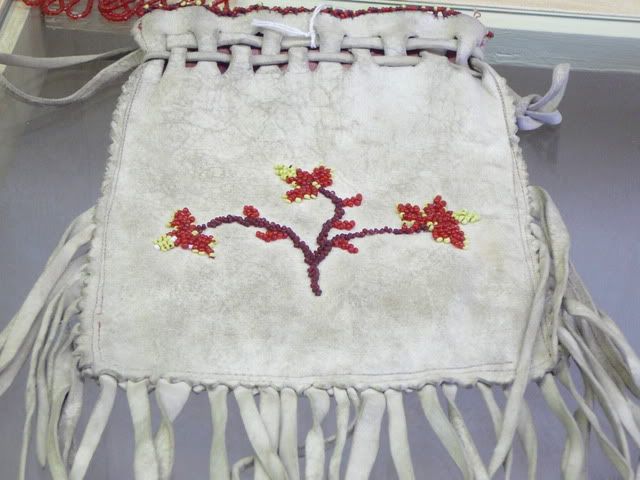
Some examples of Bitterroot Salish beadwork which is on display at the Ravalli County Museum are shown above.
Impact of the Horse:
The first major impact of the European invasion came to the Bitterroot Salish in the form of the horse, an animal which was re-introduced to the Americas by the Spanish in a domesticated form. The Bitterroot Salish did not get the horse directly from the Spanish, but from the Shoshone who had acquired the horse from their cousins the Ute shortly after the Pueblo Revolt of 1680. Sometime between 1700 and 1730, the Bitterroot Salish acquired the horse and this resulted in a dramatic change in their lifeways.
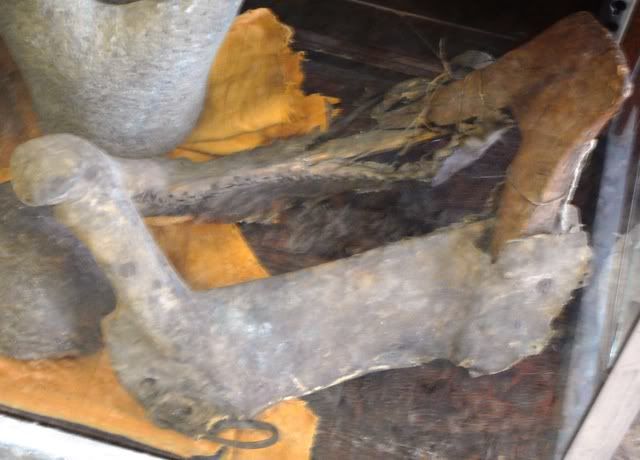
Shown above is an early Salish-made saddle.
After the acquisition of the horse, many of the hunters from the eastern Plateau tribes traveled over the mountains to the Great Plains to hunt buffalo. Among the Flathead, there were two or three buffalo hunts each year: the big hunt which lasted from the middle of August to the end of November; the spring hunt or little chase from the middle of April to the end of May; and a winter hunt. During the winter hunt, the Indians would obtain buffalo robes of the highest quality.
The Flathead would leave their homes near present-day Stevensville, Montana and follow Sinkakatiiwax (“the People’s Trail”) to the buffalo. The ten-day journey would take them first north, past present-day Missoula, and then east along Pattee Creek to the Clark’s Fork River. They would then follow this river to the Big Blackfoot River. They would travel past present-day Drummond, Avon, and Elliston. Passing through the Rocky Mountains via Mullen Pass, they would emerge at the Missouri River near present-day Helena.
In the fall hunt, the Flathead were usually able to cross the Missouri River-which they called ep iyu nte?tkwus (“river of the red paint”)-without any problems. For the spring hunt, however, the water would usually be higher and they would have to make “tipi-skin boats” to get across. Once east of the mountains, they would travel into the Musselshell area to hunt buffalo.
Sometimes the hunters would drop south into the area of Yellowstone National Park where they could hunt the mountain or woods buffalo (bison bison athabascae Rhoads) which was smaller, tougher, and faster than the plains buffalo (bison bison bison Linnaeus). The mountain buffalo grazed on willow and leaves and their flesh had an aromatic flavor.
Bow and Arrow:
The primary hunting weapon used by the Bitterroot Salish was the bow and arrow. Flathead arrows were about three feet in length and were tipped according to the use for which they were intended. In hunting small game, arrows were tipped with bone, but when hunting buffalo, stone or metal tips were used. The arrows were distinctively marked so that their ownership could easily be ascertained.
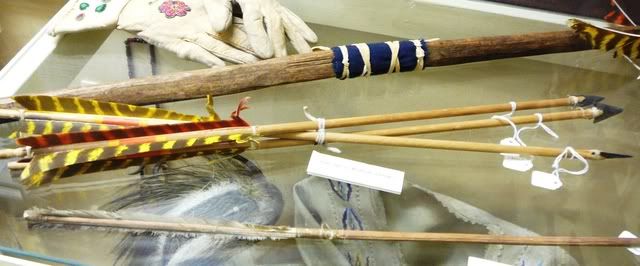
Lewis and Clark:
In 1805, the Corps of Discovery under the leadership of Captains Meriwether Lewis and William Clark (generally known today as the “Lewis and Clark Expedition), travelled through Montana following the Missouri River. Near present-day Three Forks, Montana they were running out of river and needed to change from boats to horses. Fortunately, they encountered a Shoshone band which was able to supply them with horses, information about the Lolo Trail, and a Shoshone guide.
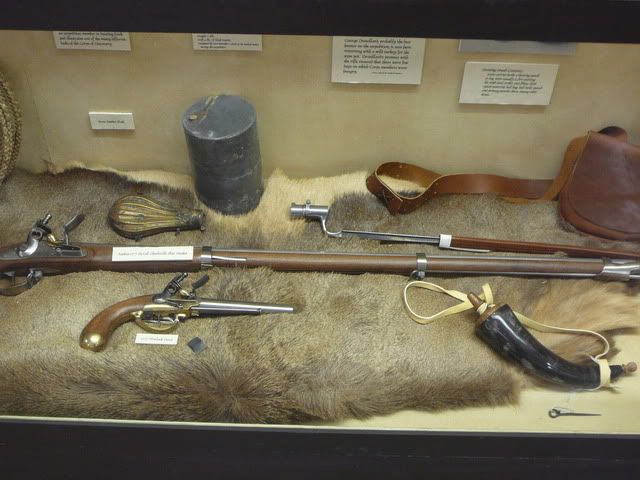
Shown above is part of the Ravalli County Museum display of the material culture of the Corps of Discovery.
They travelled to Ross’s Hole near present-day Sula. Here they camped for a while with the Flathead. Communication was difficult: the Captains would ask questions in English which would then be translated into French by a member of the Corps who had some knowledge of French; Charboneau, their French-Canadian guide, would then translate the questions into Hidatsa for his Shoshone wife, who would translate them into Shoshone for a Flathead man who spoke some Shoshone and, finally, he would translate them into Salish.
While talking to the Salish was difficult, there were other forms of contact. Captain Clark quickly obtained a Flathead woman as a sexual companion. This woman gave birth to a son as a result of the union (commonly called an “in-country marriage”). Much later, after the Blackrobes (Jesuit missionaries) had come among the Flathead, Captain Clark’s son was baptized as Peteter Clarke.
The Americans smoked with the Flathead using some of their Virginia tobacco, but the Flathead found it too strong. Realizing this, the captains called for some kinikinnick-a trailing perennial whose small leathery leaves were smoked by many tribes-to mix with their trade tobacco. Once mixed, the Flatheads found the tobacco acceptable.

Shown above is a twist of tobacco similar to that which Lewis and Clark would have had with them. (Courtesy of the Ravalli County Museum)
The Corps camped for a while at a centuries-old Native American gathering ground at the hub of travel and trade. Meriwether Lewis dubbed the area Travellers Rest (today it is Travelers’ Rest State Park). From here, the Americans followed the buffalo hunting roads over the mountains and made contact with the Nez Perce. A year later, in June 2006, they visited this site again on their return trip.
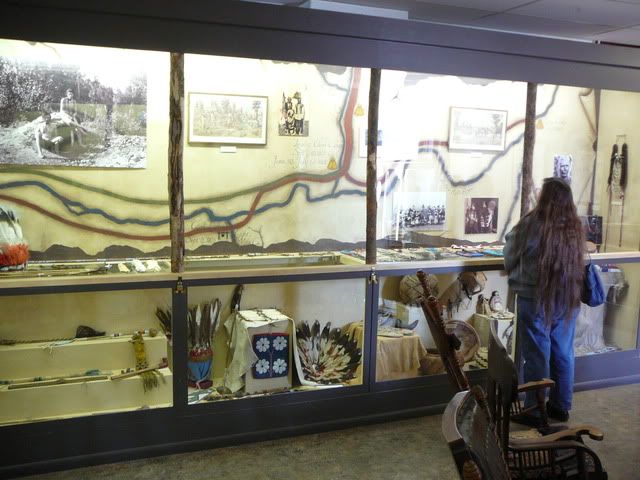
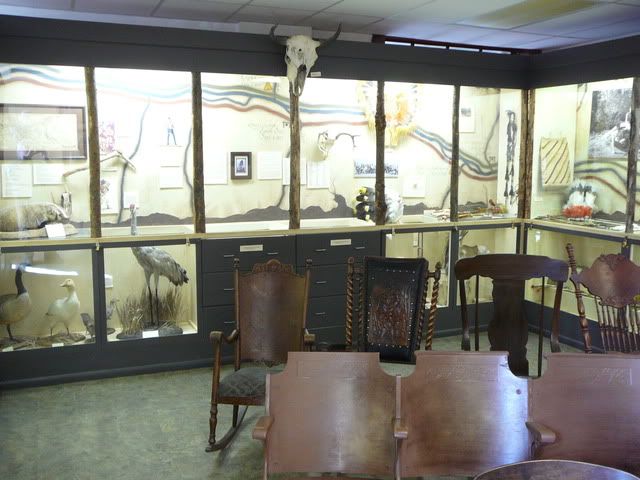
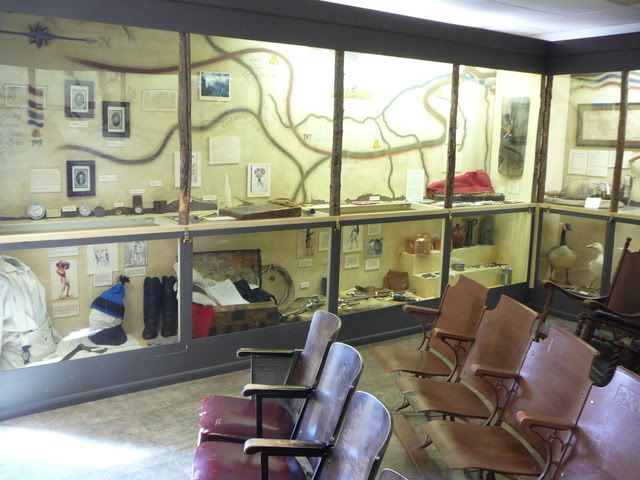
Shown above are the displays from the Ravalli County Museum showing Lewis and Clark and the Salish.
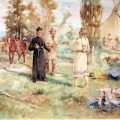
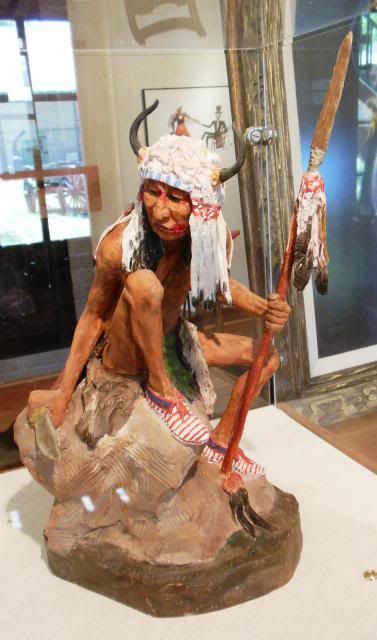
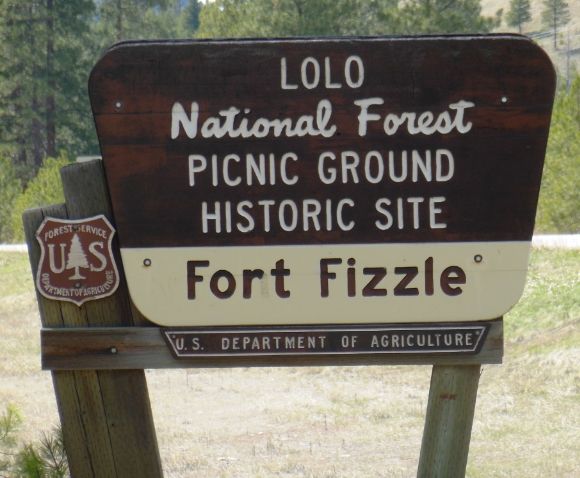
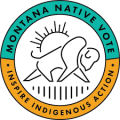
Leave a Reply